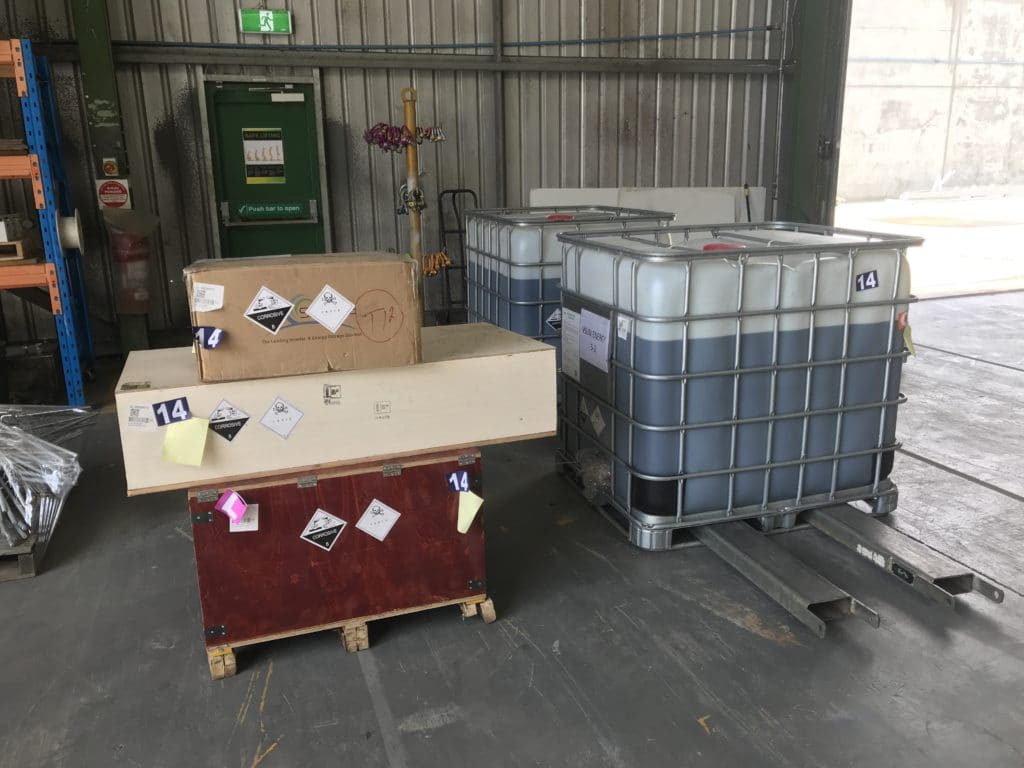VSUN, a subsidiary of Australian Vanadium (AVL), this week appointed Western Australian engineering specialist Cadds Group to handle design and consultancy work for a new 5 kW/30 kWh vanadium redox flow (VRFB) battery for residential applications.
The VRFB, which was manufactured by China's CEC, has already arrived in Australia. However, in a deal signed in September, AVL agreed to further develop the battery for the Australian market.
AVL Managing Director Vincent Algar said that Cadds will design a new housing for the VRFB system and will oversee any changes needed to improve the battery for Australian residential conditions.
“We are looking forward to working with CADDS Group to develop the design for the residential VRFB,” Algar said. “This will give us the opportunity to provide feedback to CEC and ensure that the product is ideal for the Australian market.”
The VRFB will be tested at Cadds' headquarters in Perth. Upon successful completion of testing, VSUN will deliver the unit to a residential customer with a single-phase system for tests that will be completed in a residential environment with solar energy input. VSUN expects the battery to be market-ready early this year.
“By initiating market growth in smaller systems we anticipate a knock-on effect for larger VRFB uptake, which in turn will grow the market for vanadium pentoxide in energy storage,” Algar said.
Lithium-ion batteries currently dominate the residential market, but VRFB tech is gaining traction, with advocates declaring that such storage systems are safer and more reliable. Notably, vanadium flow batteries don’t degrade with cycling like lithium-ion options, and they can move electricity without generating heat. VRFB manufacturers have typically pursued utility-scale storage projects, but increasingly they are targeting the residential market.
In addition to the work VSUN Energy is undertaking with CEC, the company has ordered two 5 kW/30k Wh VRFBs from V-Flow Tech in Singapore. One is for a residential customer in Western Australia, while the other is to be installed at the Beverley Caravan Park in the state, where it will be paired with a 6 kW solar system.
This content is protected by copyright and may not be reused. If you want to cooperate with us and would like to reuse some of our content, please contact: editors@pv-magazine.com.




I would be interested to know: if these systems are available to license in the US, what cost/price points are, what full scale production facility is envisioned, what currently is envisioned for sales/distribution/financing?
This sounds to me like little more than putting a new box around an existing product.
It is incredulous that the Australian government and other leaders back in 1988,did not take up Professor Marias ingenious and revolutionary invention. How long has it taken to be realised by others!
I agree the Australian government has such a disgusting track record of not backing they people and their inventions. There is something wrong with our system or the people in it that that represses innovation here.